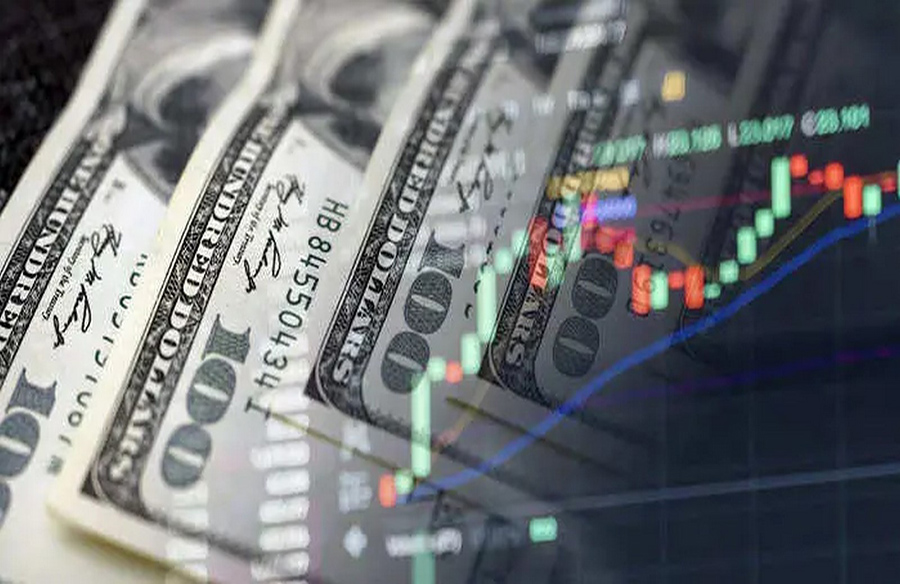The latest reading of a key indicator suggests that the US economy is not heading towards a recession, providing a boost to the soft landing camp’s outlook.
The Conference Board’s Leading Economic Index
The Conference Board’s Leading Economic Index (LEI), which serves as a measure of future economic activity, experienced a 0.4% drop to 102.7 in January. This level marks the lowest since April 2020, during the COVID-19 pandemic-induced lockdowns.
Trends in the LEI
Although the index has declined for the 23rd consecutive month, the rate of decline has notably slowed, with the majority of its 10 indicators showing positive signs. As a result, the Conference Board has announced that a recession is no longer on the immediate horizon, marking the first time since summer 2022.
Insights from the Conference Board
According to Justyna Zabinska-La Monica of the Conference Board, while certain factors like declining weekly hours worked in manufacturing and negative yield spreads have contributed to the LEI’s decline, six out of its ten components have shown positive contributions over the past six months. This shift suggests that the leading index currently does not indicate an impending recession.
Outlook for 2024
Despite the absence of a recession forecast for 2024, the Conference Board anticipates “near-to-zero” real GDP growth in the second and third quarters.
Divergent Views
While recent robust economic data has painted a positive picture and countered expectations of immediate rate cuts from the Federal Reserve, some experts remain cautious. Analysts such as Citi’s chief US economist Andrew Hollenhorst and economist David Rosenberg still foresee a recession later this year. Hollenhorst points to potential weaknesses in the labor market, coupled with inflationary pressures and subdued consumer spending, as factors that could trigger a recession by mid-2024.
In conclusion, while the latest data suggests a reprieve from immediate recessionary concerns, divergent views among experts underscore the complexities and uncertainties surrounding the economic outlook for the United States in the coming months.

